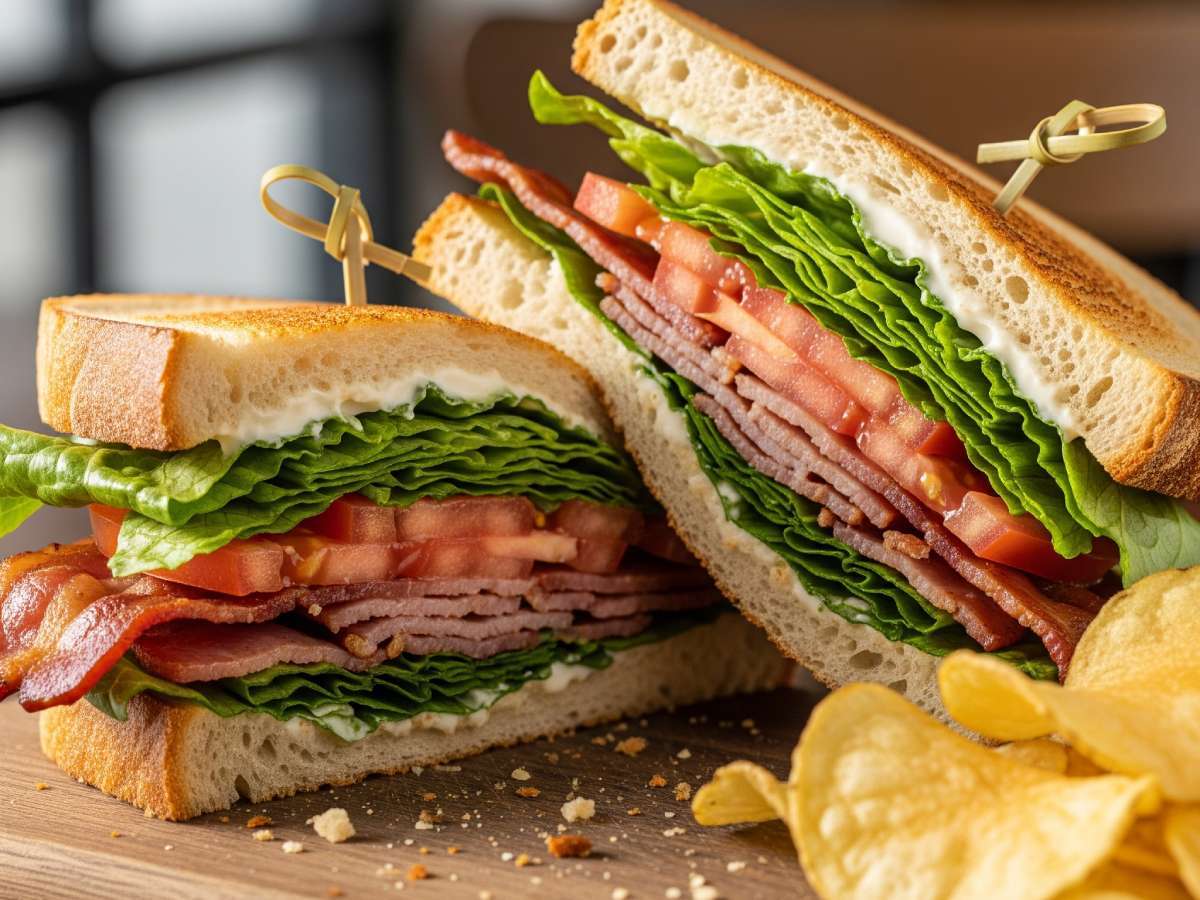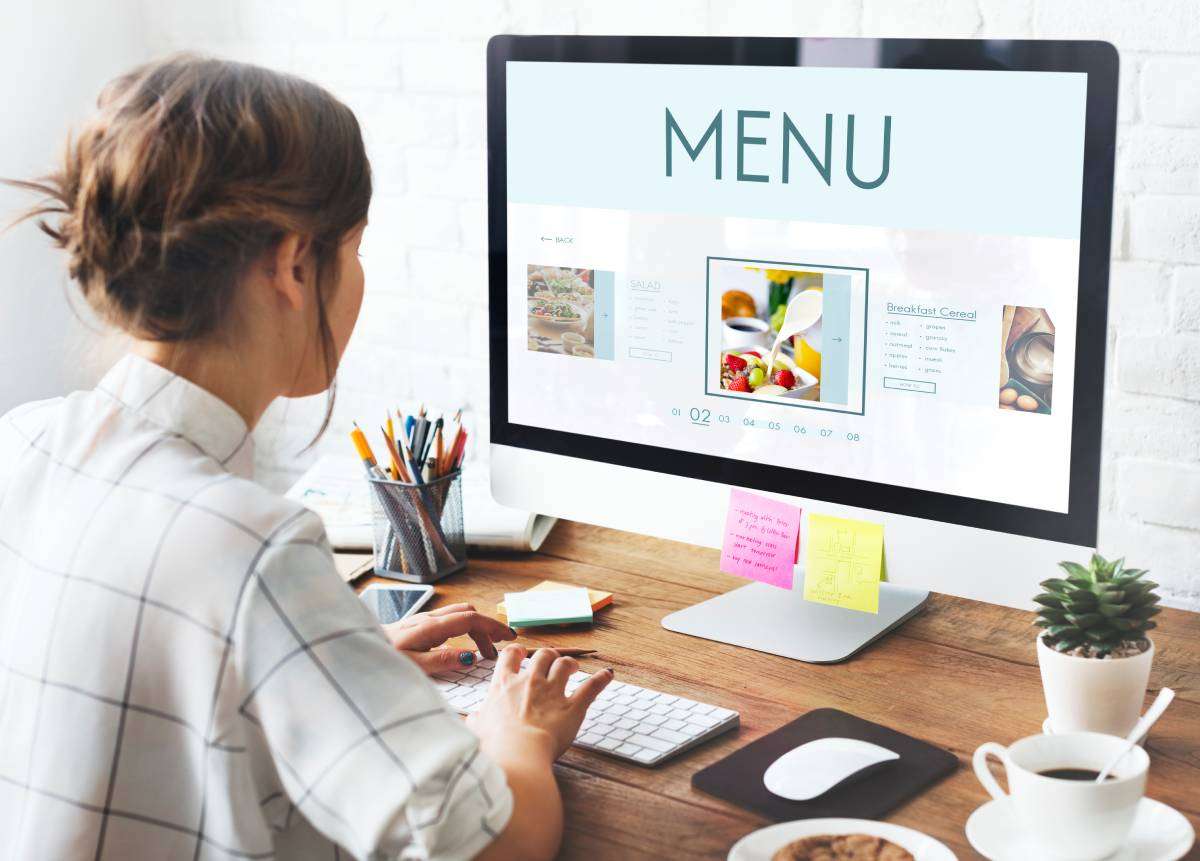Recently, I read an article in a magazine about pantry organization — and it motivated me to completely reorganize my own pantry.
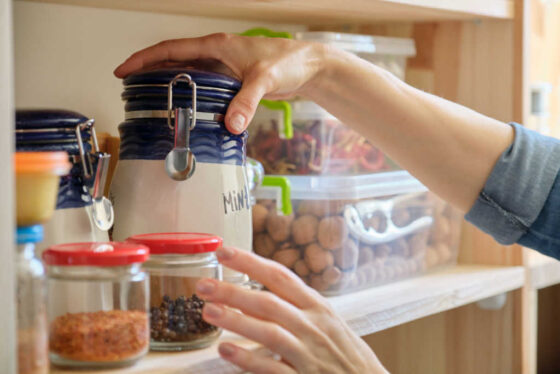
The biggest takeaway for me from the article was the fact that keeping your pantry organized saves:
- Shelf space
- Time
- Money
I learned how canned goods should be stored on lazy susans and packaged foods should be placed in baskets or taken out of the package and placed in airtight containers — which extends shelf life.
Plus, believe it or not, an organized pantry encourages you to cook healthier foods!
After reading that article, I looked in my pantry and decided that it needed to be reorganized.
Oh, I’d love to have a pantry, but my house doesn’t have one.” Sure it does! If there’s so much as a spare roll of toilet paper tucked underneath a sink, the household boasts a pantry. Don’t confuse storage space with the reality of the pantry principle. Certainly, it’s helpful to have designated cabinet space for pantry goods — but that’s not the pantry. Think of the pantry as a reservoir of consumable goods which may be stored in any area of the home. ~Organized Home
See how I organized my pantry. Plus, the best pantry organizing tips and gadgets that I used…
#1 – Remove everything from your pantry.
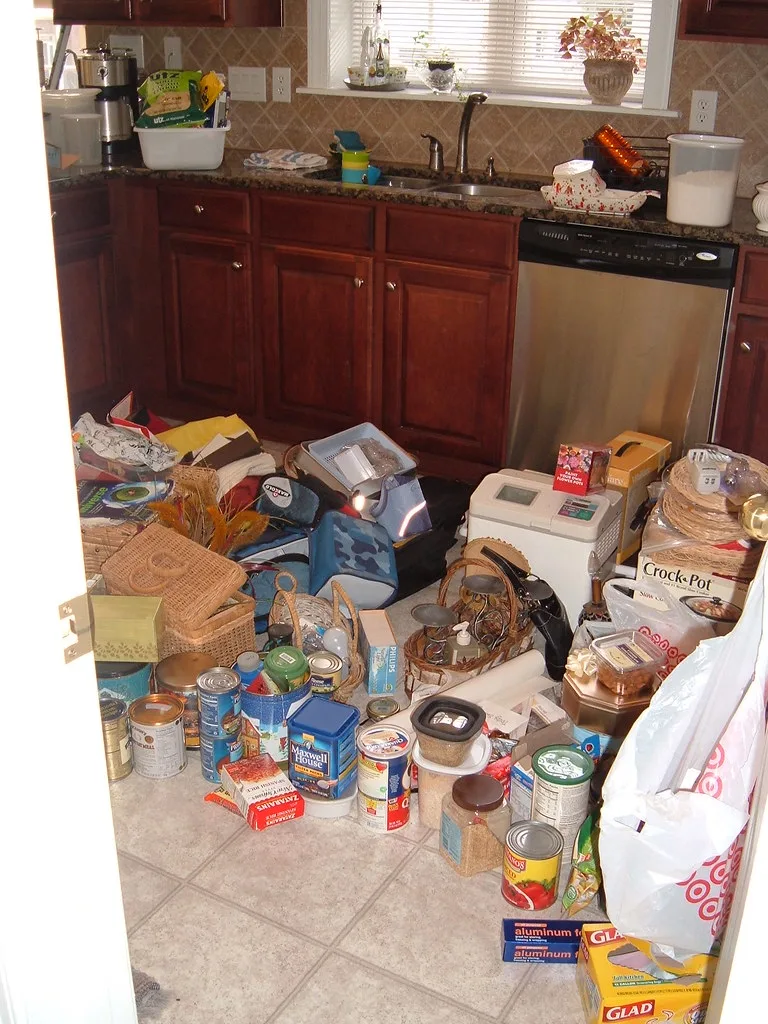
First, I removed everything from the pantry and grouped foods into 3 totes:
- Bulk and packaged foods – sugar, rice, cereals, flour, salt, pepper, and spices
- Canned and bottled food items – soups, salad dressings, sauces, and other condiments
- Unopened foods with an expiration date a few weeks away – to be donated to the local food bank. Items with an expiration date that had passed were tossed in the garbage.
#2 – Clean the pantry from top to bottom.
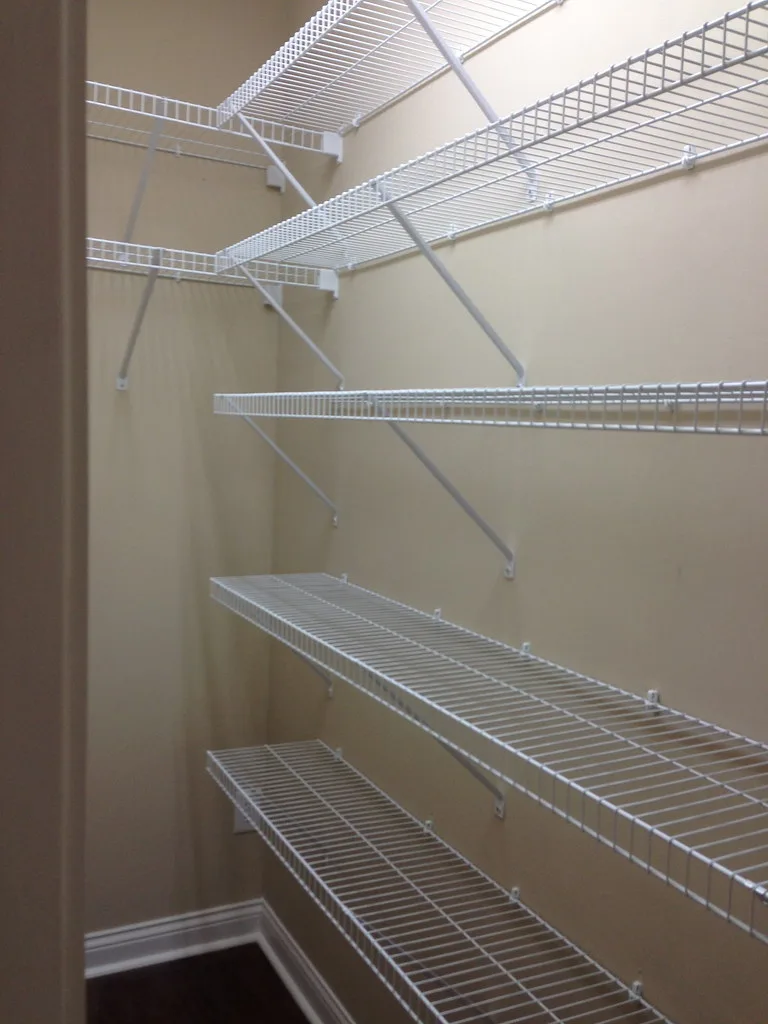
My next step was to wash down the walls of the pantry with Trisodium phosphate (TSP). This product will cut through even the toughest grease and also through soot and lead paint dust! It can be purchased at most hardware stores and requires very little elbow grease to get the job done.
Magic Erasers work wonders at removing scuff marks from boxes and containers that have scratched the walls of your pantry!
After the ceiling, walls, and shelves of the pantry were clean and completely dry, a fresh coat of paint was in order. I used a water-based acrylic enamel to paint and protect the walls of my pantry. I allowed it to dry overnight before continuing with my pantry organization project.
The best part: it will be easy to clean the walls inside my pantry from now on!.
#3 – Put pantry items into containers.
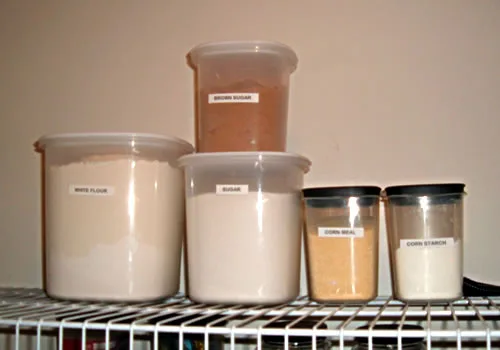
Next, I put all dry goods in Tupperware airtight containers. This included sugar, flour, macaroni, spaghetti, cereal, coffee, tea and a wide variety of other food items.
I used Tupperware Modular Mates and square containers — because they take up less room and are stackable.
Clear containers are best — because you can always see what’s inside without having to remove the lid!
Square containers store up to 25% more on a shelf than round containers in the same space. ~Rubbermaid For Less
#4 – Label and designate shelf space.
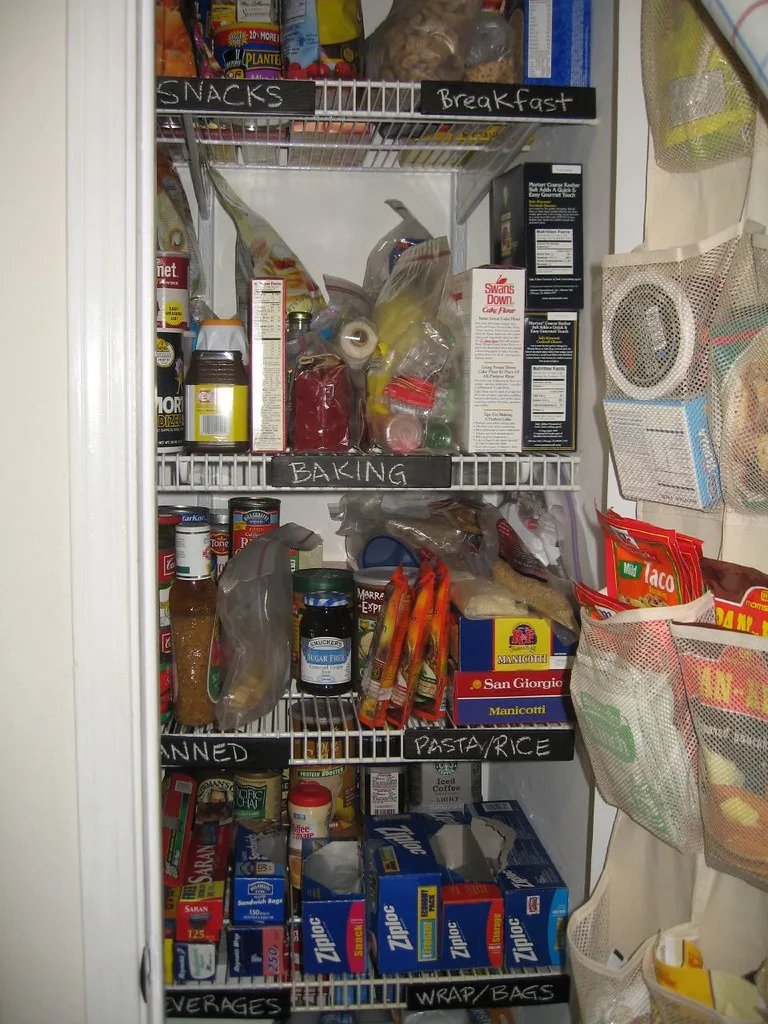
Once I had everything organized in containers, then I put less-used items on the top shelf.
On lower shelves, I used lazy susans for canned goods and I grouped other foods together according to type. For example: cereal, rice, macaroni, spaghetti, and baking supplies all went on one shelf which was then labeled “dry goods.”
Within the canned grouping, I made other groups: soups, vegetables, and tuna. Each group was given a specific spot.
Don’t put baking goods on the bottom or top shelves. Bottom shelf flour and sugar is more likely to attract bugs or ants. Top shelf flour can too easily be dropped. Don’t do what most people do with their sugar and flour. Most people stock and organize their pantry so it LOOKS good, not so it’s user-friendly. They put flour and sugar behind the smaller items because it looks better. You should, instead, have sugar and flour in front, preferably to one side, so you can still see the little items. ~Housecleaning Central
My pantry is big enough that a large bag of dog food can sit on the floor in the corner and not impede access to other foods. This makes for easy access when it’s time to fill the dog’s food bowl!
The arranging of groups can be done any way you like! The more you reduce dead space in your pantry, the better organized your pantry will be. And remember: first in, first out!
#5 – Invest in some pantry organizers.
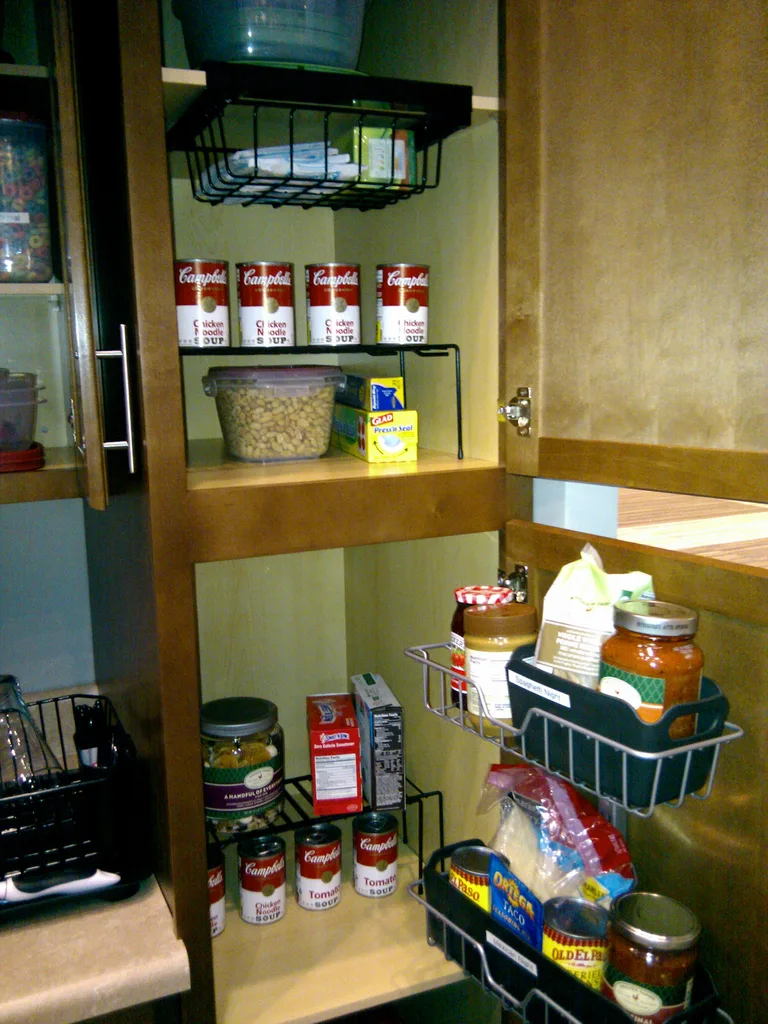
Pantry organizers are a lifesaver. You won’t believe how much easier life is when there’s a specific place for everything in your pantry!
Airtight containers are a good investment, so be sure to buy all that you will need to keep your pantry well-organized.
With an over-the-door spice rack hanging on the pantry door, all you have to do is open the door and all your spices are right at your fingertips! Other types of over-the-door organizers are also available — like this pocket organizer which can also be used to store & organize things in the pantry.
I bought storage baskets (or bins) for my pantry and stocked them some with snacks — such as fruit, pudding & jello cups, and other healthy snacks. When my grandsons visit, they know exactly where to look for a quick and healthy snack!
Other pantry organizers that are useful:
- Can Organizers Help You Rotate Canned Goods
- Pantry Organizer Bins Make It Easy To Find Things
- Shelf Organizers For Your Pantry Keep Similar Items Together
- Food Wrap Organizers For The Kitchen Make It Easy To Wrap Food Bowls
My Organized Pantry!
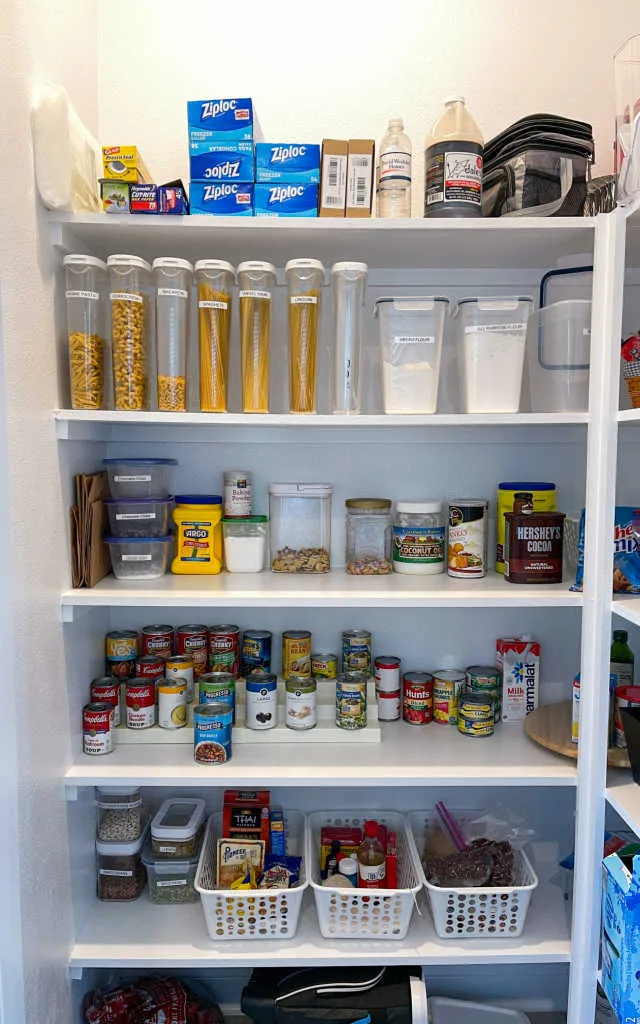
After my pantry was completely organized, I then made a list of things that I needed in order to have a well-stocked pantry.
For example, here are some good lists for a well-stocked pantry:
- Food Items You Need For A Well-Stocked Kitchen
- Most Commonly Used Items In A Pantry
- Pantry, Refrigerator, And Freezer Essentials
Then, I went grocery shopping!
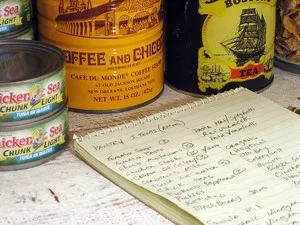
Now my pantry is fully stocked and overflowing with supplies to make nutritious meals.
The bonus: everything is easily accessible as soon as I open the pantry door!
More Pantry Organization Tips

